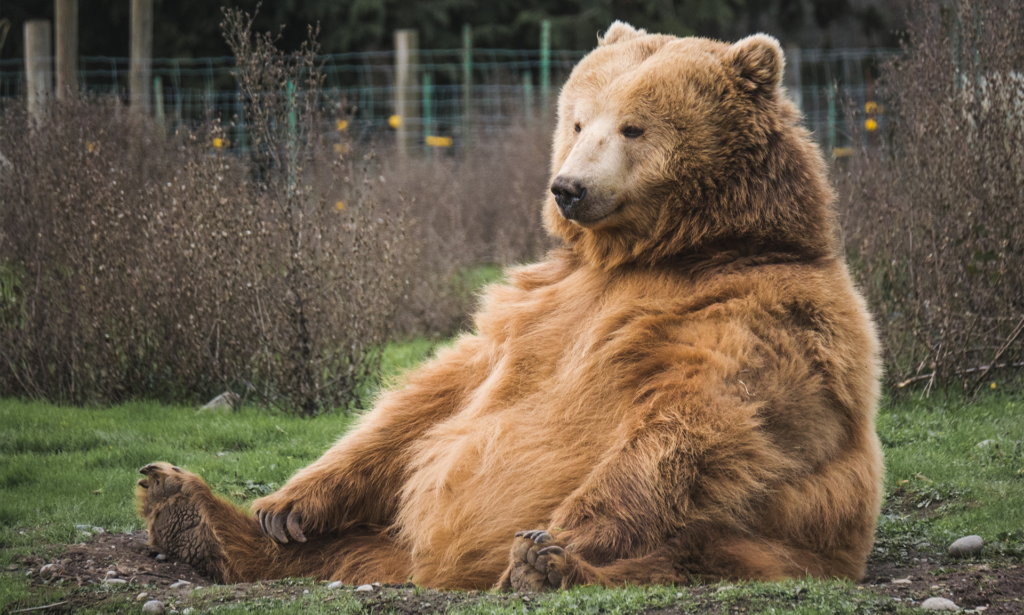2 Min Read
Behind the Grateful Dead’s Marketing Know-how
A tight marketing strategy isn’t the first thing people think of when it comes to the Grateful Dead. Case in point: At Woodstock, arguably rock and roll’s biggest stage in history, the band opted to play a 50-minute song.
But the Grateful Dead understands its audience better than most other bands or brands.
Consider this quote from Jerry Garcia: “You do not merely want to be considered the best of the best. You want to be considered the only ones that do what you do.”
What the Grateful Dead did was provide a unique experience at every live show and create a community around its fan base. They supported that offering through sharp marketing tactics.
Grateful Dead Marketing Lessons
David Meerman Scott and Brian Halligan (the founder of HubSpot) detail these marketing tactics in the book Marketing Lessons from the Grateful Dead. The band used direct mail – its 1971 live album Skull and Roses included a “Dead Freaks Unite” contact card for fans to join a mailing list. It encouraged audience members to record shows and sell merchandise – a free content marketing tactic that helped grow the audience and boost name recognition. Long before social media, the band took steps to turn its audience into a community.
The Grateful Dead’s marketing approach helped the band flip the prevailing music industry model of the day. Most bands played shows to promote record sales. The Grateful Dead released albums to promote their tours.
How Musicians Make Money Today
Much of the music world is just catching up to that model today. Thanks to streaming services, making money on recorded music is harder than ever. Acts today use albums to promote massive tours, land a spot on festival bills and license their music to be used in ads, TV shows and other brand connections.
Fifty years after that notoriously bad Woodstock set, the Grateful Dead’s current iteration – Dead & Company – will play Woodstock 50 this summer. The group will share a bill with other classic Woodstock acts as well as Miley Cyrus, Jay-Z and Imagine Dragons. It’s proof of the band’s ability to keep an audience in an industry that’s changed radically.


